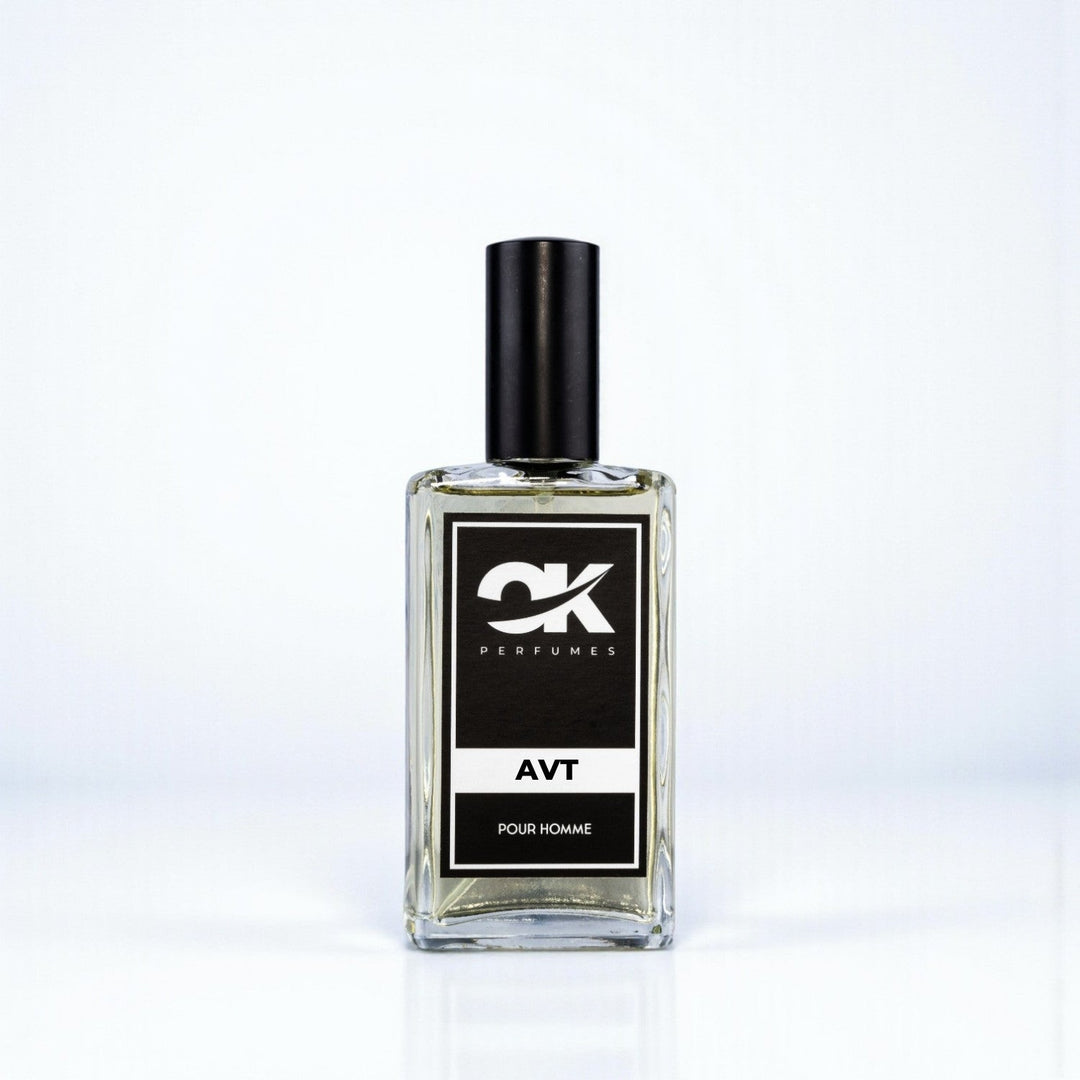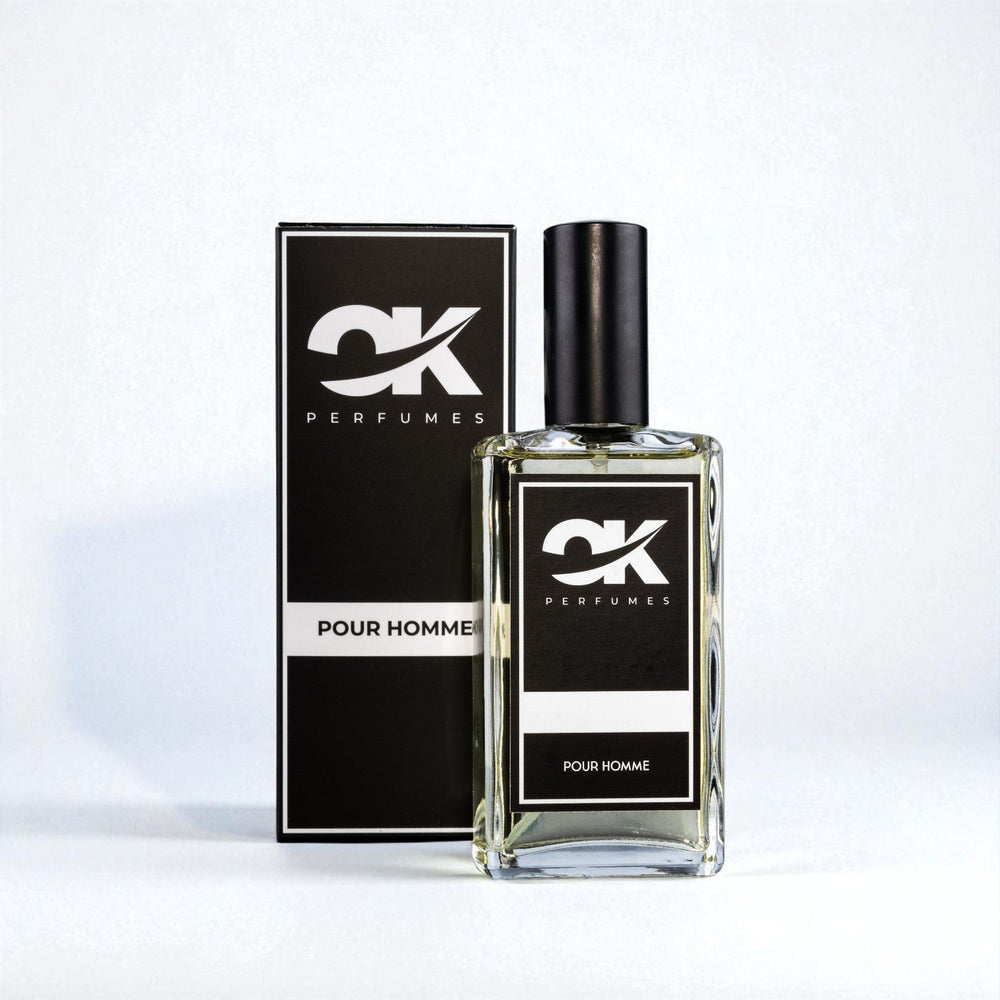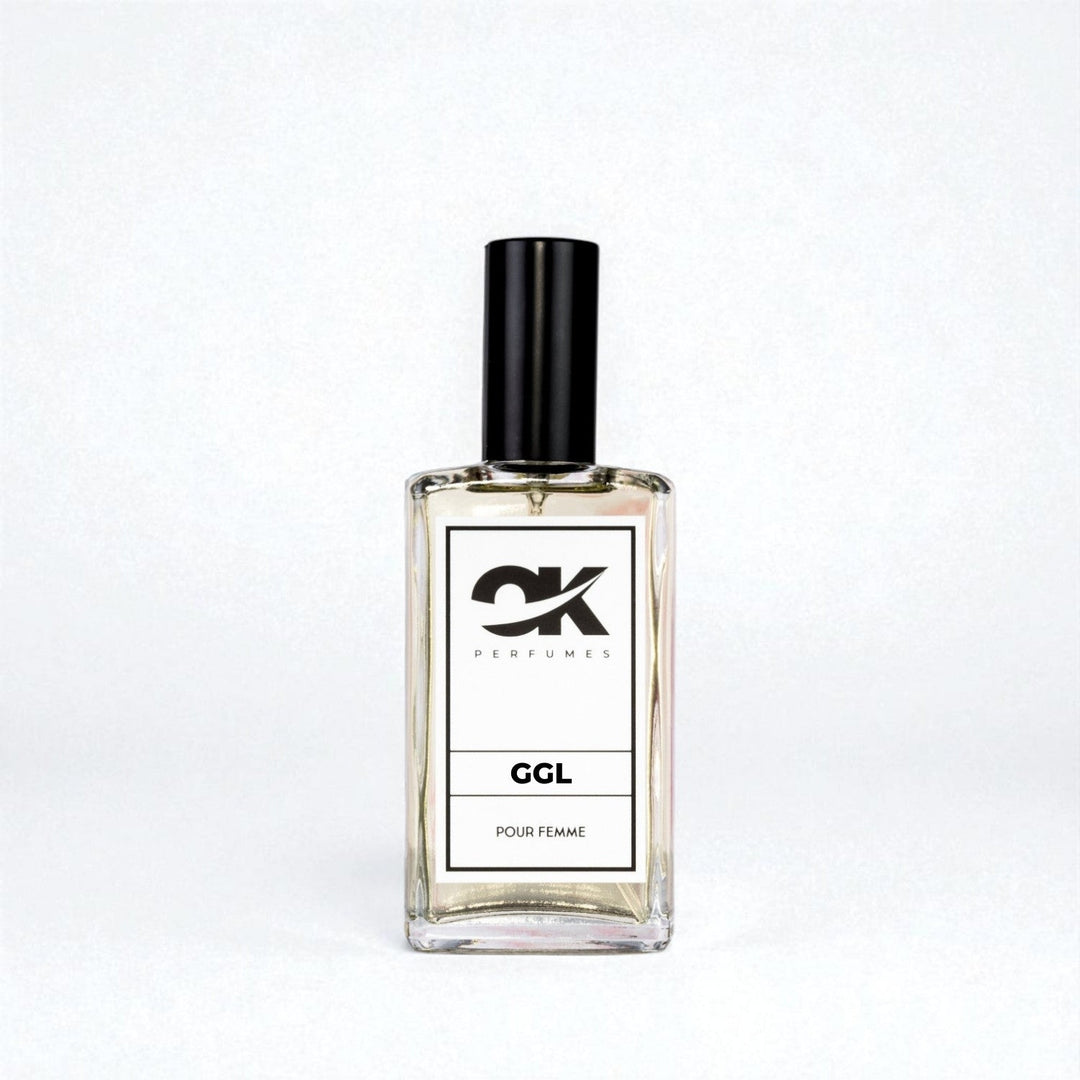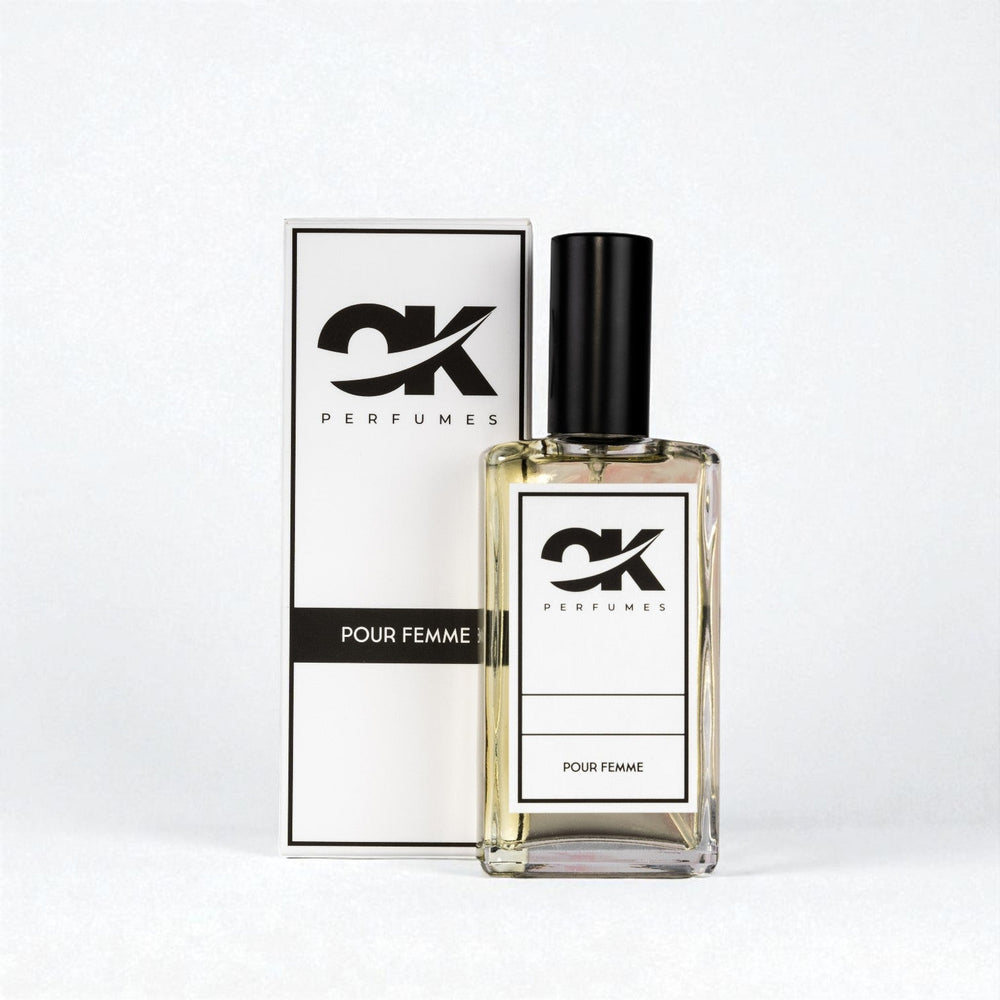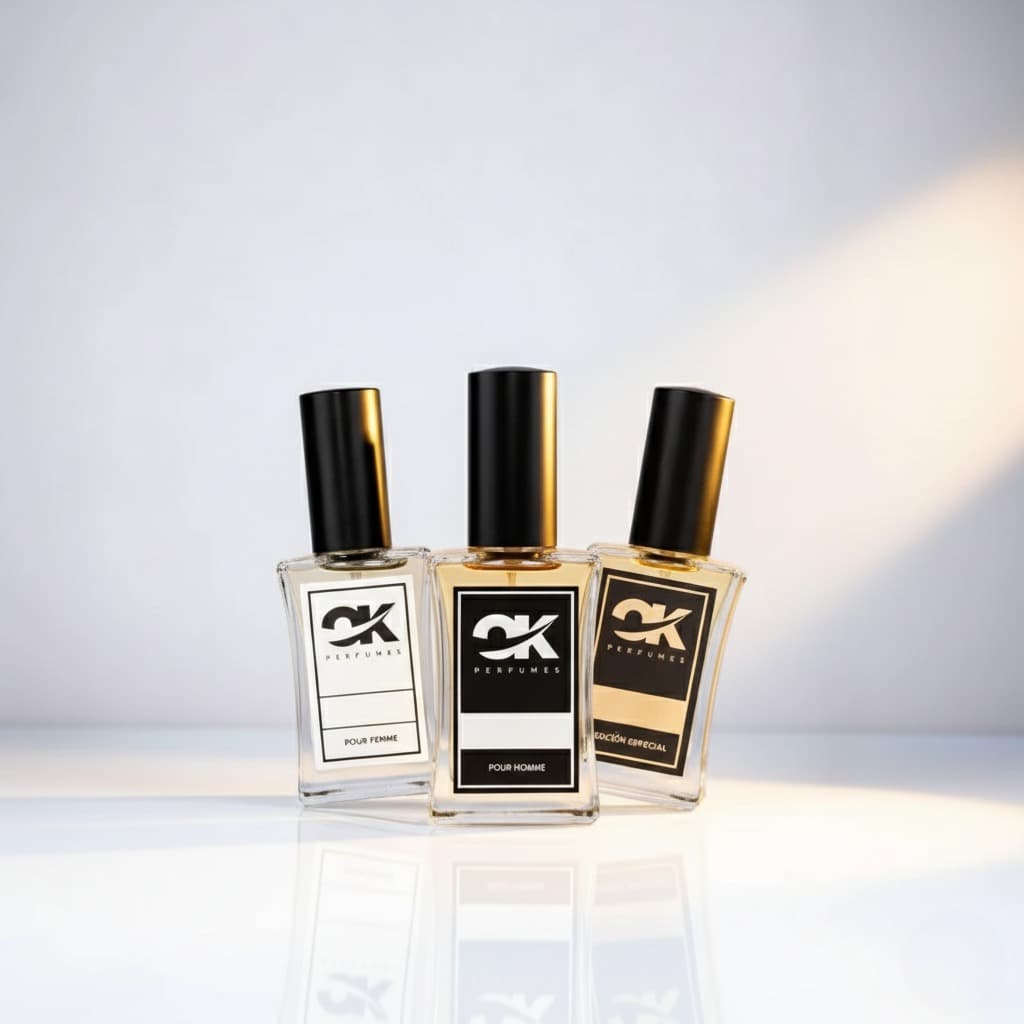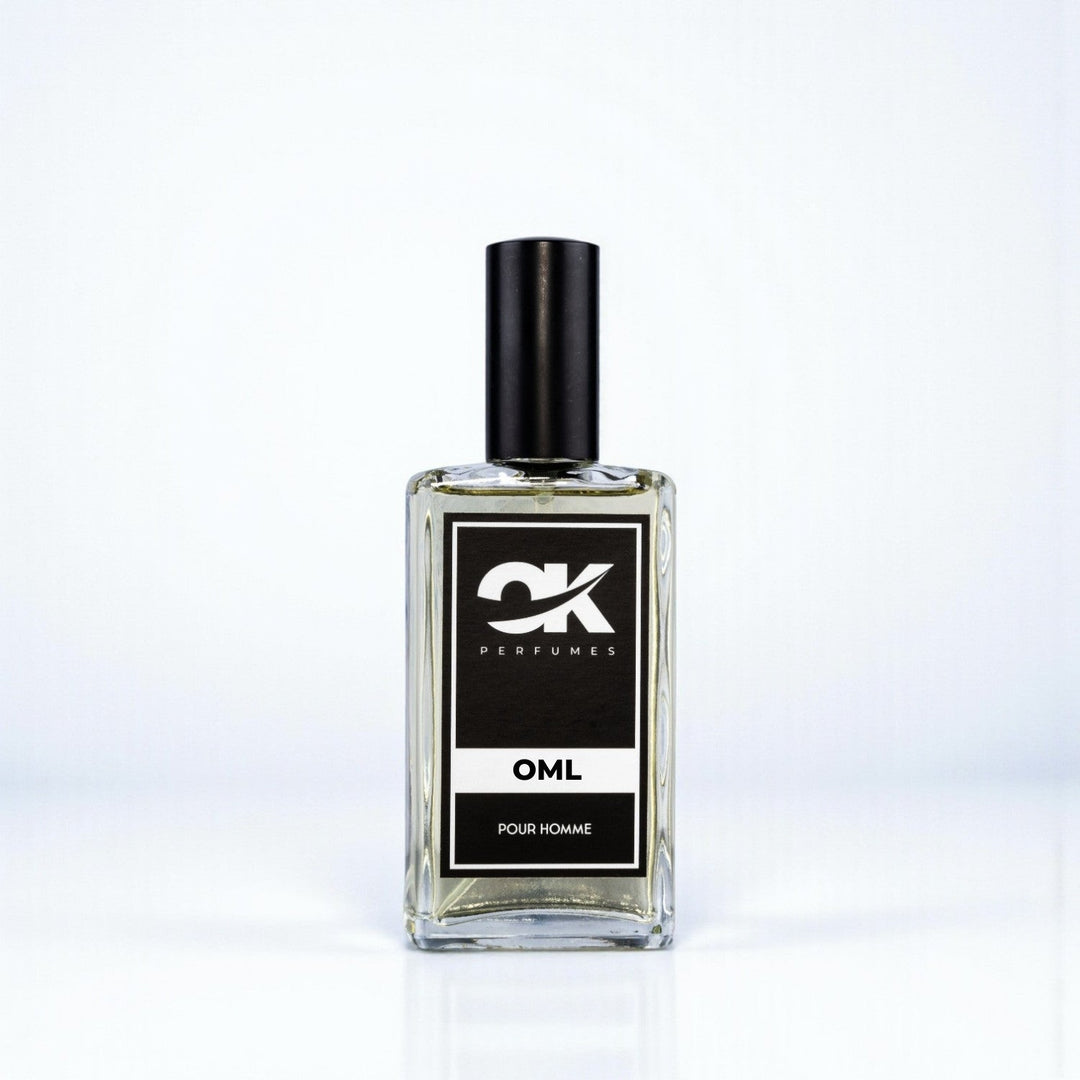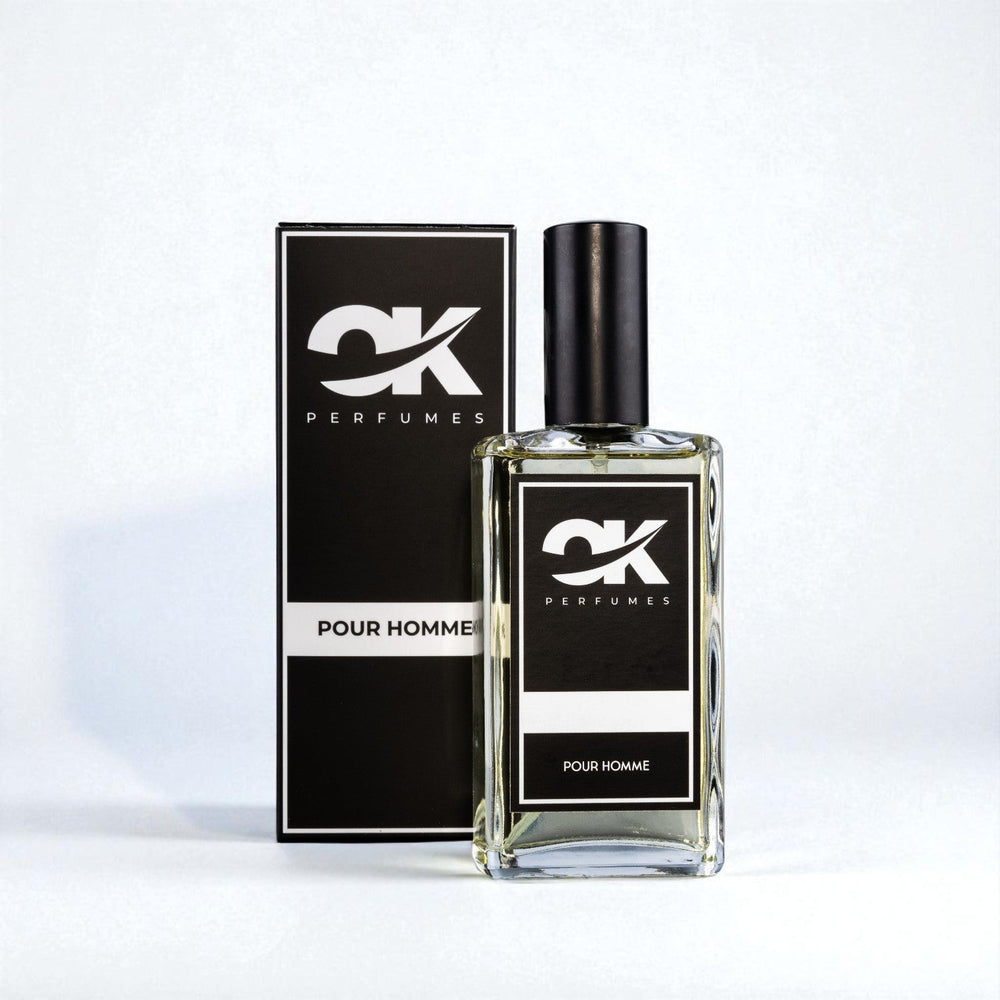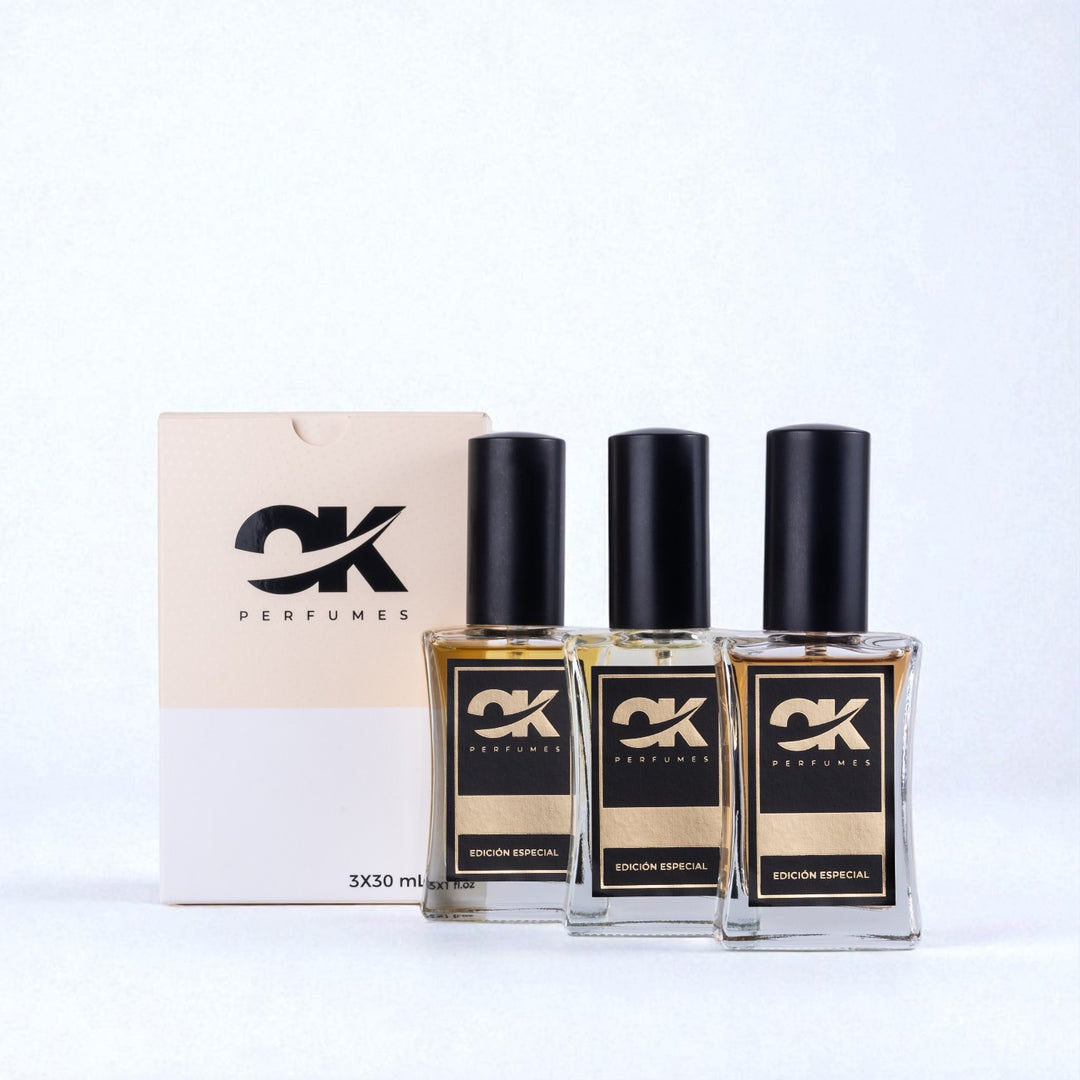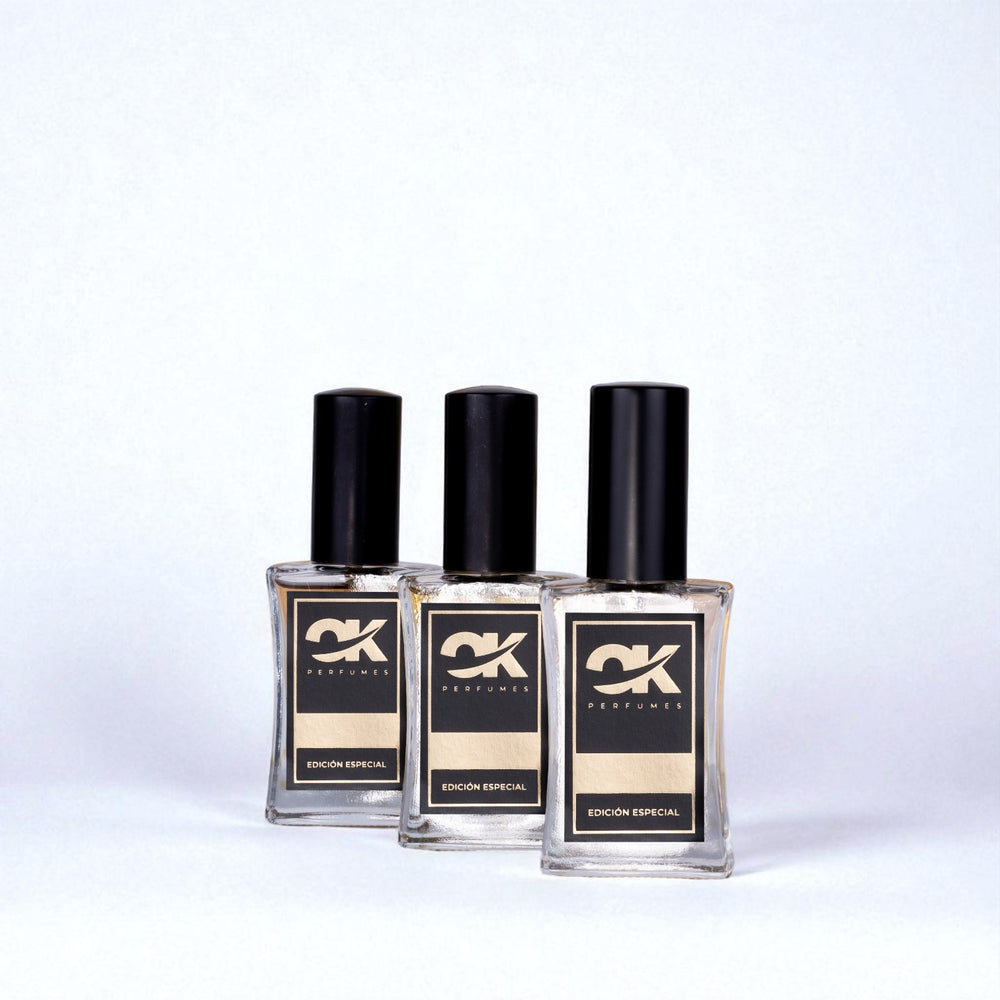Cultural Differences in the Perception of Aromas: An Olfactory Journey
The perception of scents is a fascinating aspect of the human experience that varies greatly across cultures. Each social group has its own preferences and beliefs about what constitutes a good smell and, in turn, how these scents can influence emotions and behavior. In this article, we'll explore cultural differences in scent perception, focusing on the relationship these differences have with perfumes , the quality of the components, and how the equivalence of scents varies from country to country.
The Role of Culture in the Olfactory Experience
Every culture has its own historical and social background that affects its perception of scents. For example, in some cultures, strong, lingering aromas are highly valued, while in others, more subtle, fresh scents are preferred. This diversity highlights the importance of understanding cultural differences when choosing perfumes or fragrances for different occasions.
Aromas in Eastern culture
In many Eastern cultures, scents can have deeply symbolic meanings. For example, in Japan, the use of incense and floral fragrances like sakura (cherry blossom) is essential in ceremonies and rituals. Perfumes that associate these scents evoke a connection with nature and spirituality. The quality of the ingredients is crucial, as many seek fragrances that are pure and natural, preferably at a good price .
Aromas in Western culture
On the other hand, in Western culture, the perception of scents may be more closely tied to fashion and personal identity. Perfume brands like Juliette Has A Gun have elevated the notion of personal scent to a new level, where perfume is not only used to smell good but also to express individuality. Here, consumers often seek equivalence between what is popular and what highlights their identity, which can also be reflected in the relationship between the price and quality of the product.
The Impact of Aromas on Human Behavior
Not only do olfactory preferences differ, but the effects of scents on human behavior can also vary. For example, in some cultures, certain scents are used to induce relaxation, while in others, some aromas may stimulate creativity or energy. This may be due to the specific cultural context in which these scents are perceived.
Aromas as marketing tools
Perfume companies have understood this and have adapted their marketing strategies according to cultural differences. The way they present a scent, its history, and the quality of the ingredients can significantly influence a perfume's success in different parts of the world. For example, in Asia, the use of more refreshing and gentle scents like green tea may be more appealing, while in Europe, richer and more complex notes may be preferred.
The Future of Aroma Perception
As the world globalizes, cultural differences in scent perception may begin to merge. With access to different perfumes around the world through platforms like Shopify, consumers have more options than ever and are open to experimenting with new fragrances.
New trends in fragrances
In recent years, there has been a growing interest in unisex fragrances and the creation of personalized perfumes that reflect the wearer's individuality. The quality of the ingredients and the right price are factors that more and more consumers consider when deciding which fragrance to buy. This fusion of cultures and preferences could lead to the creation of even more innovative and exciting perfumes, as we find in some Juliette Has A Gun lines.
The importance of olfactory education
Understanding cultural differences in scent perception is critical not only for consumers but also for perfume manufacturers. Educating consumers about the various types of fragrances and their cultural meanings can help bridge the "cultural divide" and foster a deeper appreciation for what each scent represents. This can also boost demand for high-quality perfumes that reflect this diversity.
Multiple cultural perspectives
With a greater appreciation for multiple cultural perspectives, the perfume industry can innovate in creating scents that not only satisfy consumer tastes but also tell a story. The quality of ingredients becomes an essential pillar, positioning brands that offer equivalent quality at competitive prices as market leaders.
Aromas and human emotions
Scents evoke powerful emotions that can be universal or culture-specific. For example, the scent of vanilla can evoke warmth and nostalgia in many cultures, while it may not have the same meaning in others. This emotional connection is something perfume designers must consider when designing their fragrances, ensuring their products resonate with the experiences and emotions of different groups.
Performance of the perfume industry
The fragrance industry is also seeing a trend toward sustainability and ethical production. Consumers are beginning to place more importance on the quality of ingredients and how those ingredients are sourced. Brands that make a conscious effort to offer high-quality fragrances that are not only effective but also responsible can differentiate themselves in an increasingly crowded market, especially on e-commerce platforms like Shopify.
Challenges and opportunities in the global perfume market
With all the opportunities presented by the global perfume market, there are also challenges. Brands must adapt to diverse cultural expectations and demands. This may involve adjustments to perfume formulas, as well as to the marketing campaigns that promote their products. Innovation is key, and those brands that manage to connect emotionally with their consumers through their aromatic offerings have a greater chance of becoming the best in the market.
The intersection of culture and aroma
In this sense, understanding how culture influences the perception of scents can provide a valuable sense of direction for fragrance companies. The ability to balance global trends with an appreciation of the local can be the key to success. Brands that recognize and respect cultural differences while creating products that resonate with a universal audience have everything they need to thrive in the competitive world of fragrance .
The next time you smell a perfume , remember that there's a rich and complex story behind every scent. Ultimately, learning about the diversity of olfactory perceptions can enrich not only our experience with scents, but also our understanding of the diverse cultures that make the world such a fascinating place.




